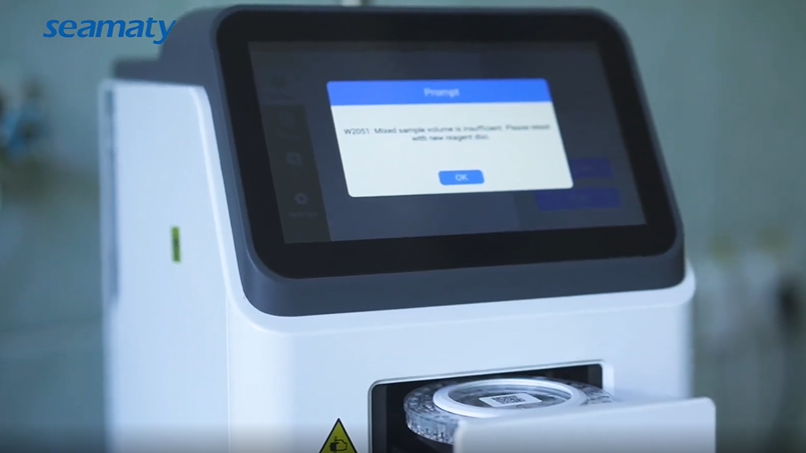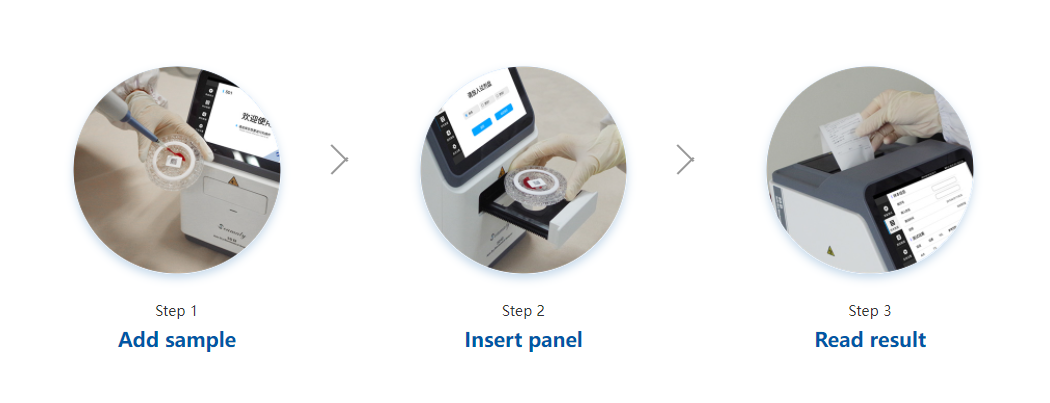release time:2021-11-22 16:41:05
Hemolysis is one of the most common interfering factors in clinical biochemical tests. Hemolysis is the rupture of red blood cells in the blood. The contents of the red blood cells enter the serum. As a result, the concentration or activity of the biochemical test substance is affected.
Common principles of hemolysis affecting biochemical assays
Jaundice is an abnormal color of the specimen due to high bilirubin in the serum. Bilirubin itself is a reducing agent. It neutralizes the oxidizing components of reagents or intermediate reaction products. This can lead to a shortage of reagents or depletion of intermediate products, which can affect the reaction and ultimately the test result.
Common interfered items in biochemical tests.
Biochemical tests rely mainly on the different colors of the products after the reaction. There is a strong absorbance value at a specific wavelength as a way to determine the concentration or activity of the substance being tested. When there is a high level of celiac particles in the blood (lipid blood), it can cloud the specimen. Interference with light scattering, resulting in changes in the final absorbance value, affecting the test results.
Elevated: total bilirubin, total protein, serum potassium, serum sodium, serum chloride, blood glucose, etc.

2022-07-25
The biochemistry field of study is vast and complex. It is constantly evolving as scientists uncover new information about the way that cells work. A key part of any biochemistry lab is the auto analyzer tool.

2022-05-18
Why are medical equipment companies so concerned about patenting new products? Medical equipment design and development is a lengthy and complex process. The entire process, from development to marketing,

2022-01-11
Calibration is to find a reference point, which is a K value (or F value). It is determined by the biochemical machine and the state of the reagents.